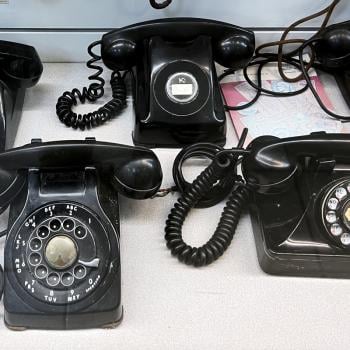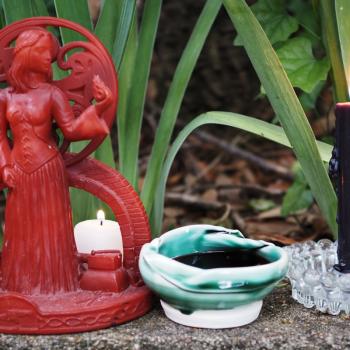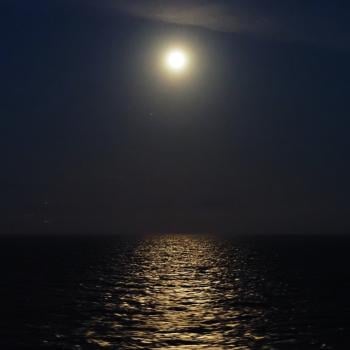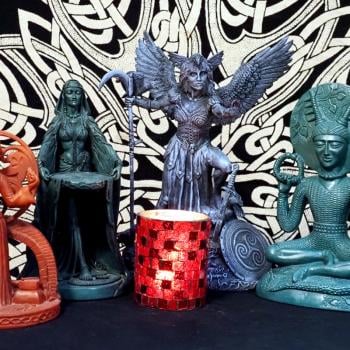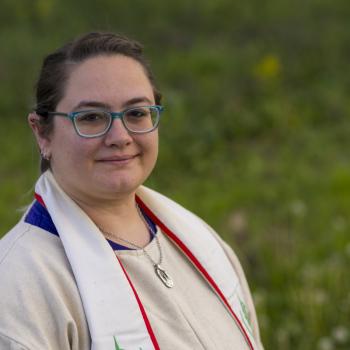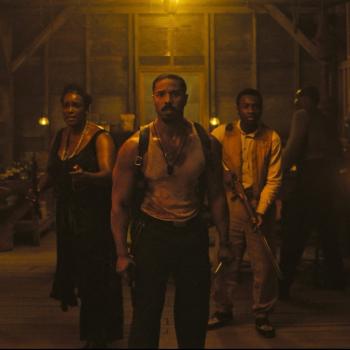If some AI conversations strongly resemble conversations that come through Ouija or Tarot or direct communication with spirits, the simplest explanation is that some spirits have picked up AI as yet another tool with which to communicate with humans – for good and for ill. Read more





